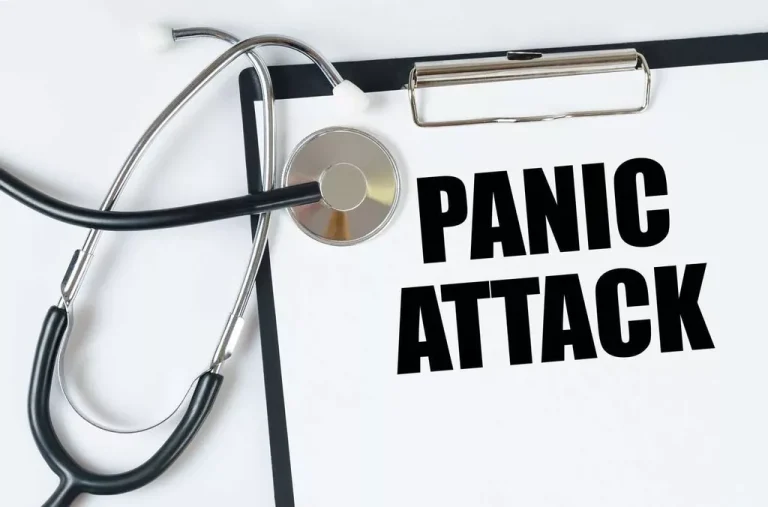Social pressure can affect a wide range of thoughts, actions and behaviors, from academic performance to substance use to mental health. The desire to fit in and feel like you are part of a group is normal, and most people feel this way sometimes, especially in the teen and young adult years. Peer pressure, that feeling that you have to do something to fit in, be accepted, or be respected, can be tough to deal with. Dealing with this pressure can be challenging, but it’s important to reflect on your own personal values and preferences and make decisions based on those rather than on peer pressure. Building a solid support system plays a pivotal role in this process. Surrounding yourself with people who support your sobriety can significantly bolster your resilience against negative peer pressure.
Adolescence as a Period of Heightened Socio‐affective Sensitivity

To mitigate relationship dissatisfaction, friends may agree to jointly address threats to compatibility. Conflict may be averted by preemptively changing in response to suggestions or observations. The upshot is that the potential dangers of conflict motivate friends to exercise influence in ways that increase similarity and build common ground, making it easier to bridge differences when they arise. Increasingly, adolescents withhold information about activities and whereabouts from parents (Frijns et al., 2010), fortifying the unique (and isolated) status of the peer group. As a consequence, parents know little about problems with peers and have few intervention options should difficulties come to light. Consider antibullying interventions, which are effective in primary school, when parents and teachers are actively involved in the social lives of children, but tend to flounder during middle school, when adults disengage from peer culture (Yeager et al., 2015).
Peer Pressure in Childhood and Adolescence
As children acquire a more nuanced appreciation of interpersonal distinctions and an increasingly egalitarian view of relationships, they aspire to reciprocity and equal power in interactions with others (Youniss & Smollar, 1987). In most Western cultures, the onset of adolescence coincides with which of the following is a type of indirect peer pressure? the transition from primary to middle schools. “Research shows that even just having another peer around can change the reward response in the brain and also the risk-taking tendencies of teenagers,” says Falk. Her team studies how peers affect teens’ driving behaviors and smoking decisions.
- In the Stoplight driving game, participants are instructed to attempt to reach the end of a straight track as quickly as possible.
- Influential friends are viewed as supportive and invested in the relationship (Allen et al., 2020; Hiatt et al., 2017).
- It’s a reflection of internalized values and norms from your peer group, which can significantly challenge your sobriety and recovery progress.
- If you have children approaching their teenage years, you’ve probably thought at least a few times about the kind of peer pressure they might experience.
- See seven tips to help teens avoid negative peer pressure and respond in a healthy way.
Normative Influence and Heroism
The need to belong probably has origins in the survival and reproductive benefits that accrue from group membership. Affiliative drives do not focus on specific relationships, but may provide the impetus for evolved regulatory mechanisms preparing humans to attend to social signals necessary for success in different situations (Bugental, 2000). We focus on reciprocity, because it is among peers that adolescents learn how equals in voluntary affiliations manage obligations, negotiate settlements, and exert influence.
Seeking help for addiction

Across late childhood and early adolescence, there is a growing realization that the success of relationships and groups sometimes requires individual sacrifice (Laursen et al., 2001). Sacrifice that comes in the guise of cooperation and compromise enhances compatibility. Observed differences between the self and a friend (or affiliate group members) are a source of unwanted dissonance, which can be eliminated by reducing dissimilarities (Juvonen & Galván, 2008). Adolescents are mindful of the need to maintain good peer relationships.
Amazon.com might cave in to Big Tech peer pressure to pay a dividend – Fast Company
Amazon.com might cave in to Big Tech peer pressure to pay a dividend.
Posted: Tue, 30 Apr 2024 12:04:10 GMT [source]
This might involve difficult conversations and decisions, but remember, it’s in service of your health and well-being. Understanding peer pressure is crucial, not just for teenagers but for adults too. It’s not always about pushing someone into doing something harmful; sometimes, it’s about the subtle nudges towards fitting in or adopting certain behaviors. Let’s dive into what peer pressure really is and how it affects your decisions. We have known for some time that peers exert considerable influence over deviant and antisocial behavior. Confidence in these conclusions is bolstered by recent research deploying sophisticated methodological procedures that both eliminate confounds and rule out alternative explanations.
As we describe below, several characteristics of adolescent neurobehavioral functioning suggest that this approach sensitization effect could be a particularly powerful influence on adolescent decision making in peer contexts. Direct peer pressure might involve friends or acquaintances who use substances inviting you to partake. The pressure to fit in or not to appear ‘different’ can significantly influence your decisions, especially in social settings where drug use is prevalent. On the other hand, indirect peer pressure doesn’t necessarily come with an explicit invitation to engage in drug use.
- Learning to stand up for yourself and your beliefs and to look ahead to consequences of your actions are important steps in becoming a responsible adult.
- When there are negative examples of peer pressure, people begin to play it safe to maintain established positions and privileges.
- Compared to other age periods, adolescents have more incentive and greater opportunity to maximize compatibility by enhancing similarity (Laursen, 2018).
Is Peer Pressure Always Negative?
Friends serve as safe havens that facilitate exploration of the peer social world (Nickerson & Nagle, 2005). Intimacy and emulation draw friends closer, strengthening ties that both satisfy needs and bolster compatibility. Need satisfaction also heightens susceptibility https://ecosoberhouse.com/ to influence, because the recipient has incurred an obligation that must be repaid and the need‐satisfier reaps the benefits of enhanced stature and credibility. The influence strategies used to promote similarity in friend dyads differ from those in peer groups.
- A 2018 study explored the role of sex differences in peer pressure to smoke.
- Variations in the exercise of influence have important implications for its functions (Brown et al., 2008).
- Given the effects that peer pressure can have on adolescents and teens, it’s important for parents to encourage open communication and help their child prepare for situations of negative peer pressure.
- They want to protect the friendships that they have, and so they’re more likely to do what their friends say because they’re worried about losing their friends and have difficulty making others.
- At this moment, the safest conclusion is that it is premature to offer conclusions about contextual variability in peer influence.
Mental Health
First, prior to the genocide, Rwandans’ sense of discipline was introduced and reinforced through weekly umuganda (collective work) sessions, involving praise for the regime and its leaders and a host of collective activities for the community. Peasants were told exactly when and what to farm and could be fined given any lack of compliance. Saying “no” can be hard, but it’s necessary to set healthy boundaries in relationships. If someone persistently pressures you to do something, you can try telling them how it affects you.